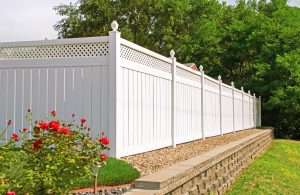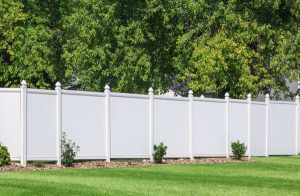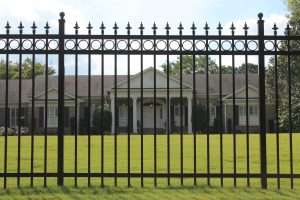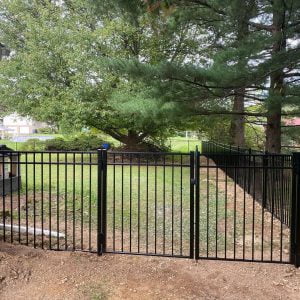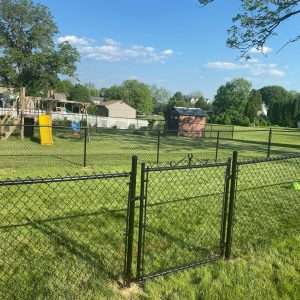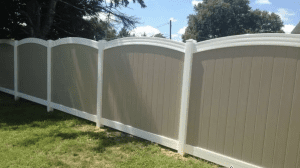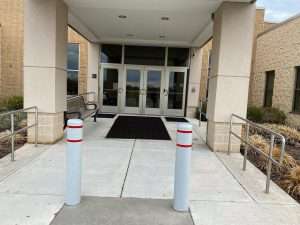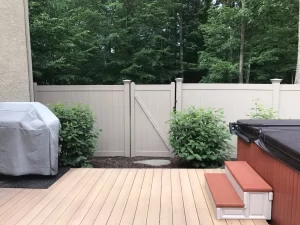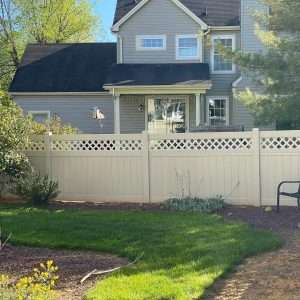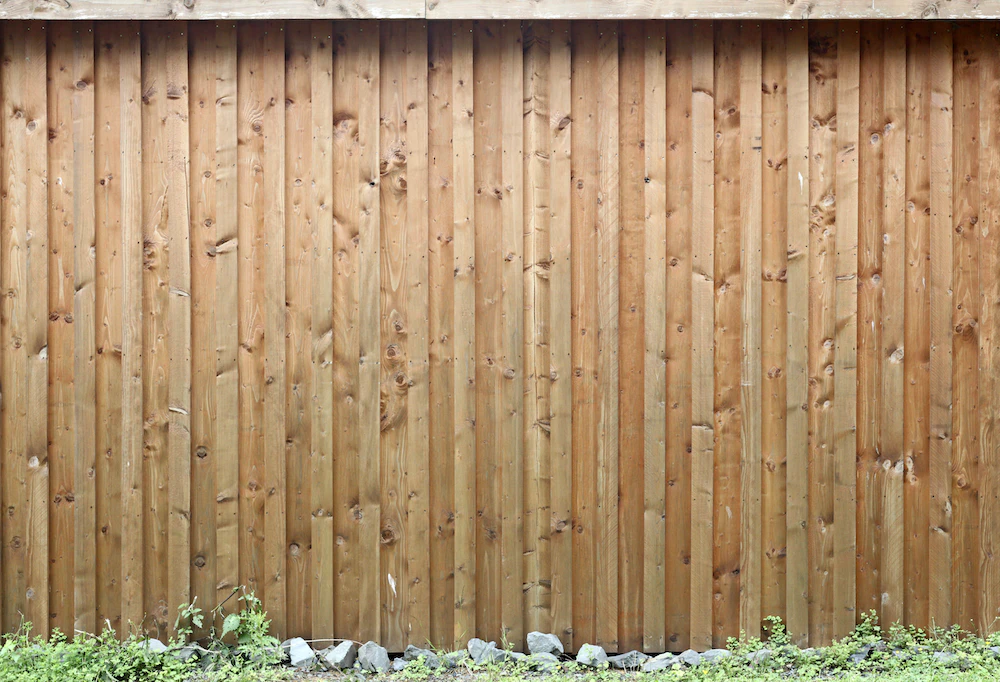
A Step-by-Step Guide: How to Install a Wood Fence like a Pro
Wood fences have long been a popular choice for homeowners seeking privacy, security, and aesthetic appeal. With proper installation, a wood fence can enhance the value and beauty of your property. In this step-by-step guide, we will walk you through the process of installing a wood fence like a pro.


